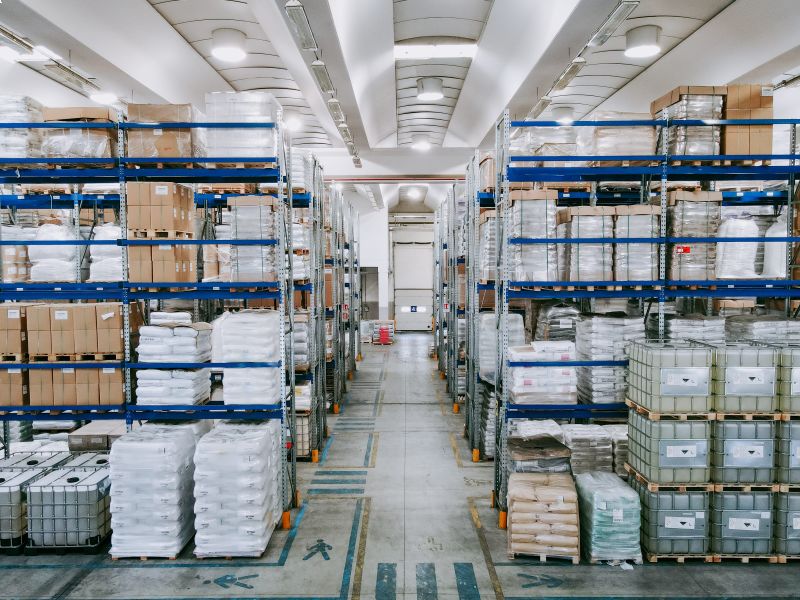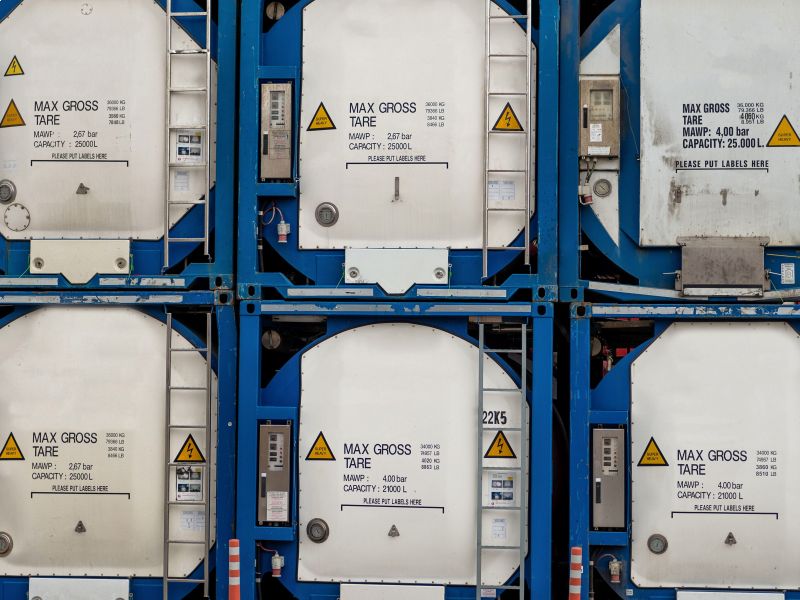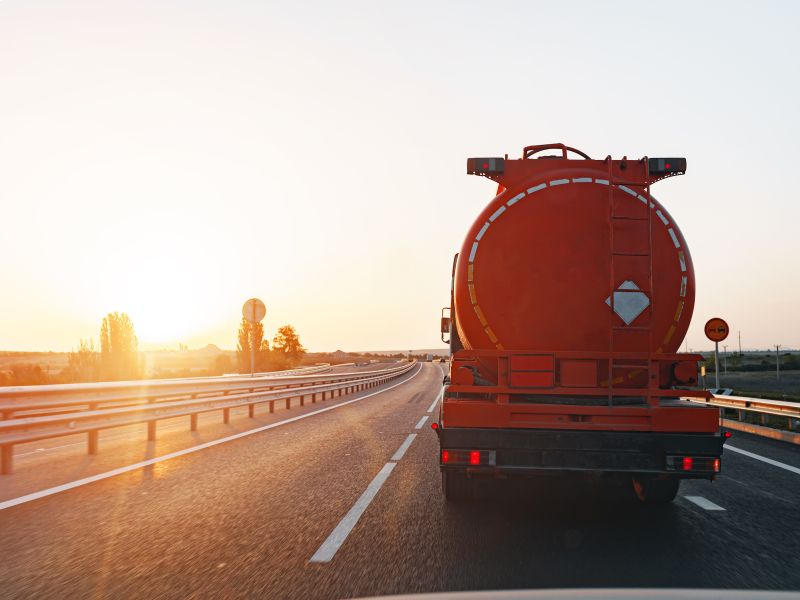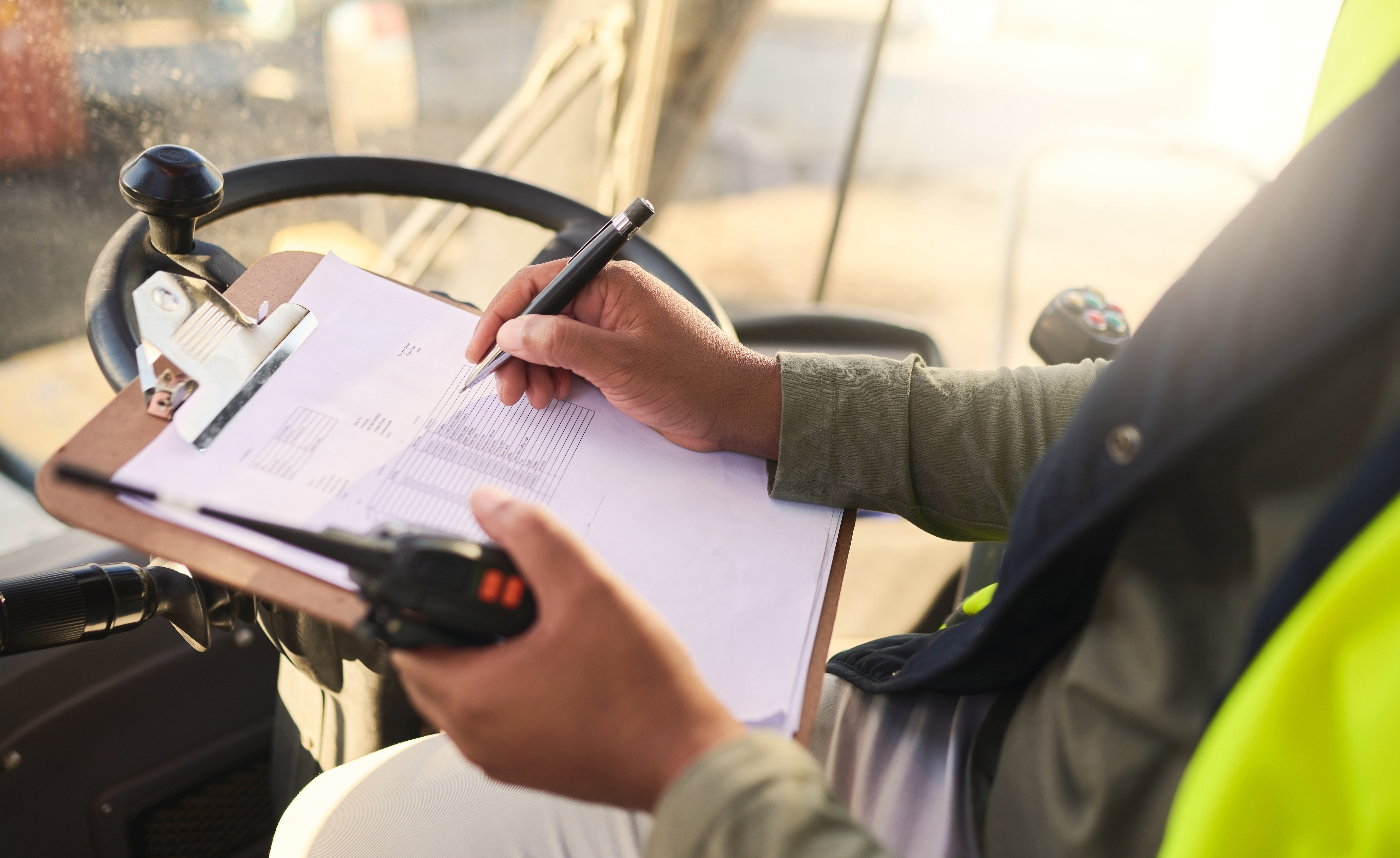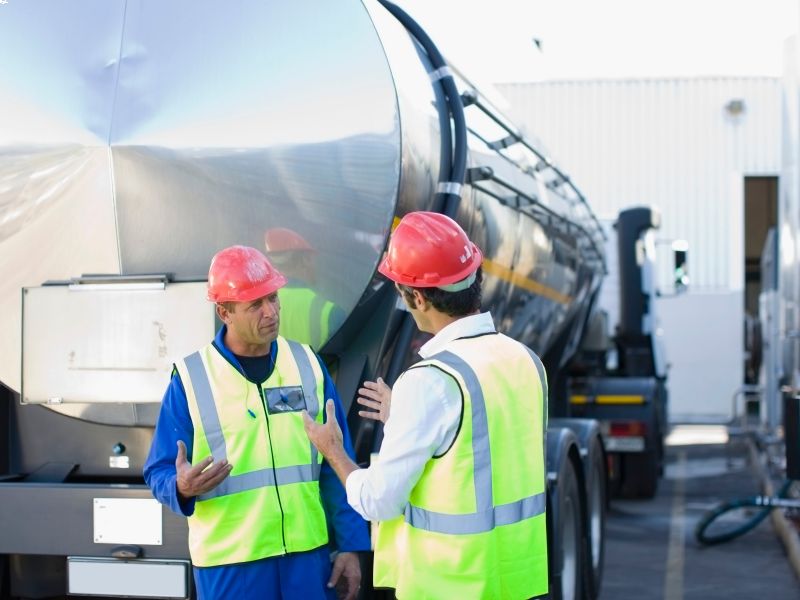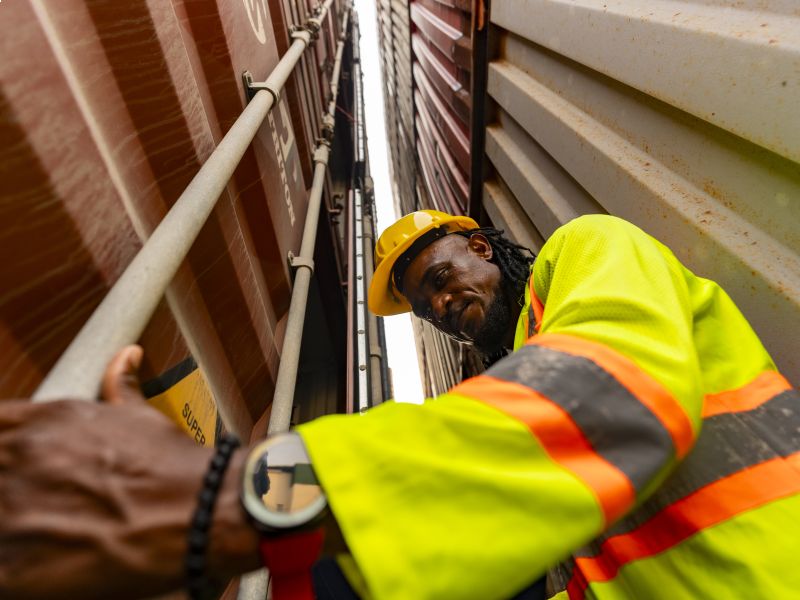Securing ADR Loads: How to Comply with Regulations for Safe Transportation.
In the road transport of dangerous goods, safety is a top priority. One of the most important aspects is load securing, especially when operating under ADR (European Agreement concerning the International Carriage of Dangerous Goods by Road). An improperly secured load can cause accidents, environmental damage, fines, and legal liabilities.
In this article, we explore why securing the load is so important, the relevant regulations, and the techniques used to comply with them.
Why Load Securing is Crucial in the Road Transport of Dangerous Goods
A poorly secured load can lead to serious road accidents, endanger the lives of operators, and harm the environment—particularly when transporting dangerous goods. In the event of sudden braking, sharp turns, or collisions, an unstable load can shift or overturn, compromising the vehicle’s balance.
In ADR transport, these risks are even greater: an accidental release of chemical or flammable substances can have very serious consequences. For this reason, compliant load securing is an integral part of safety practices and is thoroughly checked during road inspections.
The Regulatory Framework: ADR and Technical Standard EN 12195-1
Operators in the ADR transport sector must be familiar with the rules governing load securing on trucks. Two key regulatory references include:
- ADR Agreement: Defines the requirements for packaging, labeling, and the safe transport of dangerous goods, including criteria for securing loads.
- Technical Standard EN 12195-1: Defines calculation criteria to determine the force needed to retain a load during transit. This standard specifies anchoring methods, friction coefficients, strength of securing devices, and correct positioning.
Responsibilities: Who Ensures Proper Load Securing?
In road transport, securing the load is a shared responsibility among multiple parties, each with specific roles:
- The loader: Must correctly position the load on the vehicle and apply preliminary anchoring measures.
- The carrier: Is responsible for final checks and verifying that load securing complies with current regulations.
- The driver: Must inspect the load before departure and during the journey to ensure everything is in order and take action if issues arise.
This shared responsibility requires a clear and updated protocol for ADR load securing, supported by continuous training and regular inspections.
Techniques and Devices for Load Securing
It is essential to use proper techniques and devices, in accordance with EN 12195-1, to ensure load integrity and prevent risks during transport.
Here are the main techniques used in ADR load securing:
- Direct Securing: Anchoring the load directly to the vehicle bed using certified straps, chains, or other anchoring systems to prevent longitudinal and lateral movement—especially with drums, tanks, or rigid containers.
- Friction Securing: Using anti-slip materials like mats or special coatings between the load and vehicle bed to increase grip and keep the goods stable during braking and cornering.
- Mechanical Blocking: Employing sideboards, load bars, partitions, or modular systems that physically restrict load movement within the cargo area—ideal for multiproduct transport.
- Certified Packaging and ADR-Approved Containers: Transporting dangerous goods requires the use of packaging and containers that meet ADR specifications, designed to withstand mechanical stress and contain potential leaks.
For each type of substance and vehicle configuration, it's necessary to carefully assess the most suitable securing technique. Beyond proper application of techniques, it's essential to check the condition of straps, anchoring devices, and anti-slip materials to ensure optimal system performance throughout the journey.
At Corsini, we understand how crucial it is to comply with every aspect of ADR load securing regulations—especially when handling dangerous chemical goods. That’s why we train our staff to the highest standards and constantly update our internal procedures.
Proper load securing, in accordance with ADR and EN 12195-1, ensures safety, reliability, and legal compliance. For us, it also means protecting people, the environment, and the quality of the service we provide every day to our clients.
Contact us for more information.
News.
STAY UP TO DATE ON HAZARDOUS GOODS AND THE CHEMICAL SECTOR
The world of hazardous goods transportation is constantly evolving, as are the regulations affecting the shipment and logistics of hazardous substances and chemicals. Stay up-to-date with our industry articles.

 Registered office: Viale Etiopia, 5 - 20146 Milano (MI)
Registered office: Viale Etiopia, 5 - 20146 Milano (MI)






